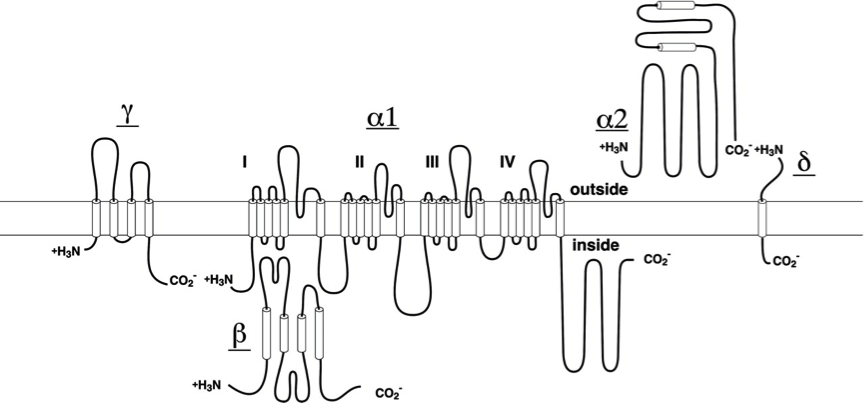Jin Young Kang
B.S. Korea Advanced Institute of Science and Technology (KAIST)
Ph.D. Korea Advanced Institute of Science and Technology (KAIST)

Structures of voltage-gated calcium channels
Voltage-gated calcium channels (VGCCs) are involved in our daily vital activities such as breathing, walking, sensing, and thinking. There are 10 classes in VGCCs in the mammalian system and each has distinct functions in different location in our body. Unlike voltage-gated potassium channels, a VGCC consists of one pore-forming a1 subunit with four domains (‘non-catenated’) and other auxiliary b1, a2d, and g subunits. Amazingly, VGCCs are able to specifically and efficiently recognize calcium ions over outnumbered sodium ions in physiological conditions despite the fact these two ions have almost the same radii, therein allowing calcium ions to enter cells nearly at a diffusion rate. The questions I strive to answer regarding VGCCs are: 1) How are VGCCs able to efficiently and definitively select calcium ions over sodium ions, 2) how do the voltage-sensing domains in a VGCC open or close the channel in response to a change in cell membrane voltage, 3) how do VGCC inhibitors such as small molecules or peptide toxins inhibit the channels. I will address these questions by determining crystal structures of a VGCC and by carrying out functional studies on these channels.

Figure 1. Subunit structure of a voltage-gated calcium channel (W.A. Caterall et al. Pharmacol. Rev. 2005)
